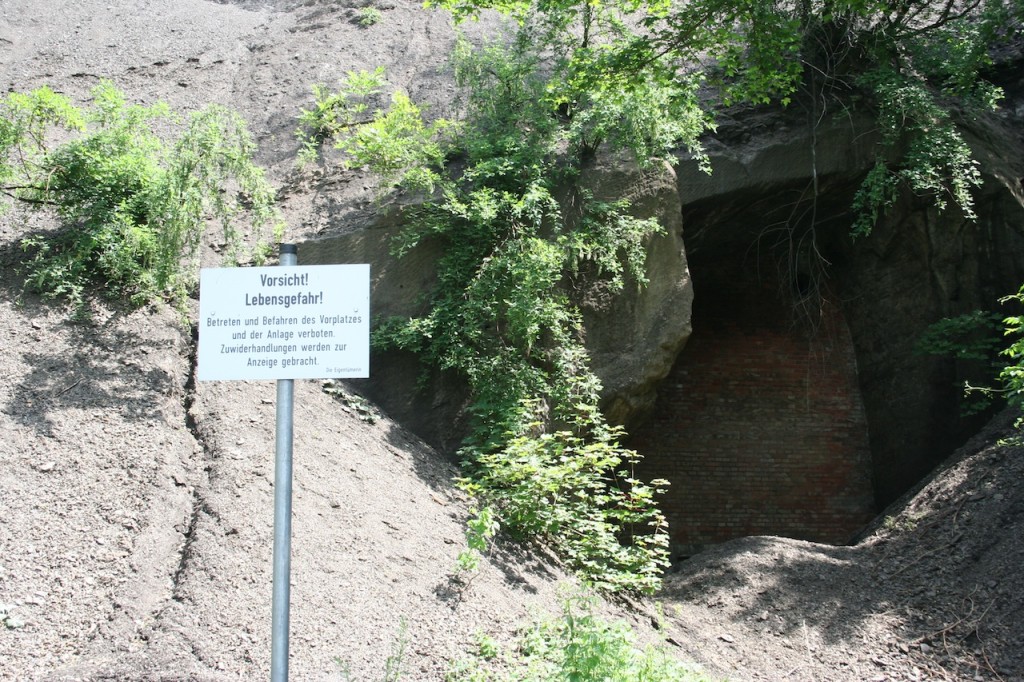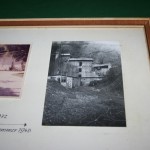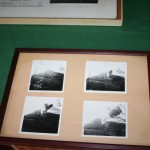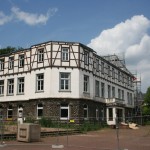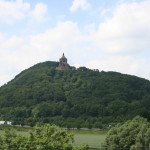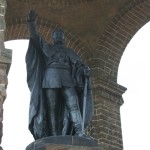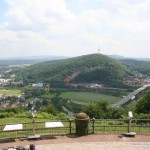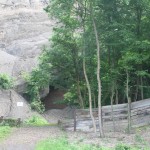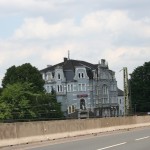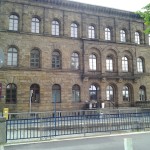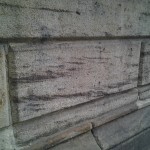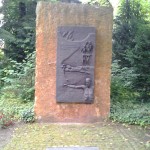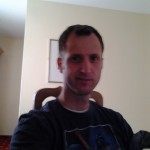
My first week in Germany was very lonely. I’m such an introvert, so it’s my own fault, but still. That’s the reality.
On Saturday I took the train to Minden. I dropped my things off at the hotel, then took the train further to Nienburg. I served there as a missionary for my church 16 years ago. I had contact with friends there, still, so I stayed there Saturday night and went to Church on Sunday. That was great fun. Sunday evening I was back in Minden.
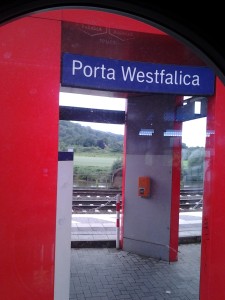
On Monday, I met with Dr. Gerhard Franke. He is a retired school teacher and teacher instructor (which he did for over twenty years). He was interested in this topic because he grew up in Hausberge, was four years old when all of the tunnel stuff was going on, and is interested in history. He was a great help. He had contacted the city of Minden archives and was notified of several people in the area who were interested in the topic. So, being the great person that he is, he made appointments for us to visit with them.
The first stop on Monday was with a Herr Münstermann. He was a teenager during the war and experienced the issue first hand. He also later became a city official for many years. I wasn’t prepared to even meet with anyone that had lived through this time period, so I didn’t complete any paperwork at GMU to allow me to use personal interviews in my research. But nothing says I can’t listen anyways. He told us a little about the situation, and most helpfully, explained why it came to the point where forced labor and underground factories were necessary in the first place. Basically, after “Big Week” (a massive, multi-day bombing raid on Germany by the Allies), the Ambi-Budd company in Berlin was nearly completely destroyed. Numerous other business suffered a similar fate. They began the process of requesting increased protection from the military and help from the government. The idea was then, to disperse factories into smaller sub-factories where products could be produced in part, then brought together at yet another facility to be assembled.

In 1944, the decision was to move dispersal to underground facilities to further keep the factories secret and protected. Herr Münstermann had several copies of documents created by Rainer Fröbe and others. It would have been great to get copies of some of these documents, and Dr. Franke asked. Herr Münstermann, a very serious but kindly man (he is a widower and we could tell he was pleased to have us as company, he even put on a tie, and his suit coat when we sat down to talk), but he never gave out his things, because they had a tendency to not be brought back. We sat in silence. He capitulated, based on the good relationship Dr. Franke and he had. After our meeting, we immediately went to a copy shop, made double copies, and took the originals back to Herr Münstermann. Thank you, Herr Münstermann! (As it turns out, I found all of those documents in the Neuengamme archive, but you never know, so get copies while you can!)
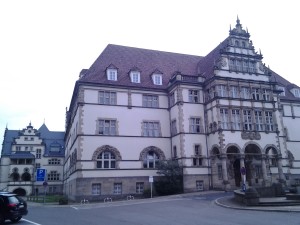
Our next visit was with Thomas Lange, someone I ended up having much in common with. He was my age, for one. Second, he did his masters thesis on this topic. Thirdly, he is into technology. He’s actually a sound technician now, after finishing his Masters in History. Dr. Franke very kindly invited us all to his house for the discussion. Thomas, also very, very generously, provided Dr. Franke and I with nice, bound copies of his Master’s Thesis. He was thrilled that someone was interested in his work, doubly so that some crazy American was interested. We had a good talk about the subject, what sources he found and where, and things like that. Good stuff.
On Tuesday, we traveled all over Porta Westfalica (which consists of 15 districts which used to be individual villages, including Barkhausen, Hausberge, Neesen, and Lerbeck). We visited the Wilhelm Monument, one of the entrances on Jakobsberg (apparently we missed some huge cement oil tanks that can still be seen), and one entrance on Wittekindsberg, under the monument and behind the current lodgings of the Schützenverein Barkhausen. Dr. Franke knows lots of people and was able to work out some amazing opportunities.
One such opportunity was to meet with Wolfgang Walter who was very young in the military during WWII. He ended up serving in the West German military in the Porta Westfalica area, and thereby developed a great interest in the tunnel systems near by. He was a joy to talk with. He even gave me a large, 2 foot by 3 foot map of the area, so as to properly get a sense of my surroundings and landscape. Thank you, Herr Walter!
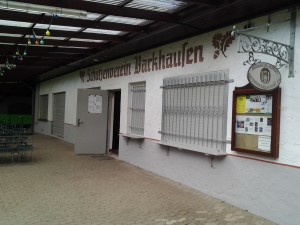
Dr. Franke had called the local newspaper and set up an appointment for a photographer to come take pictures. So on Wednesday just before I left, we (Dr. Franke and I) and the chief of the Schützenverein had our picture taken by the old entrance. It was blown up in 1947, so the only thing left to see are huge concrete blocks. Dr. Franke is very interested in turning the tunnel system into some kind of memorial or museum, and is using me (coming all the way from America, showing interest in this place) as an example to local government officials and what not, that this is something important, and worth spending money on. A great thing, I think.
My time in Minden/Porta Westfalica was much too short. I could have used another day in the archives, and another day taking pictures and meeting people. But all in all, a great experience.
